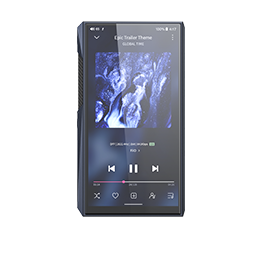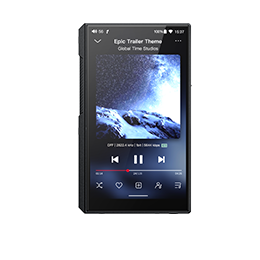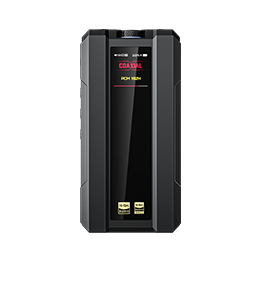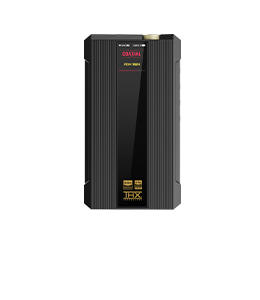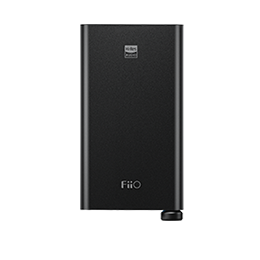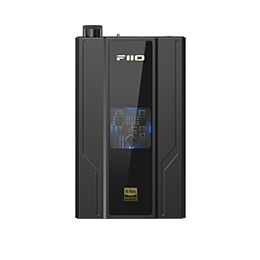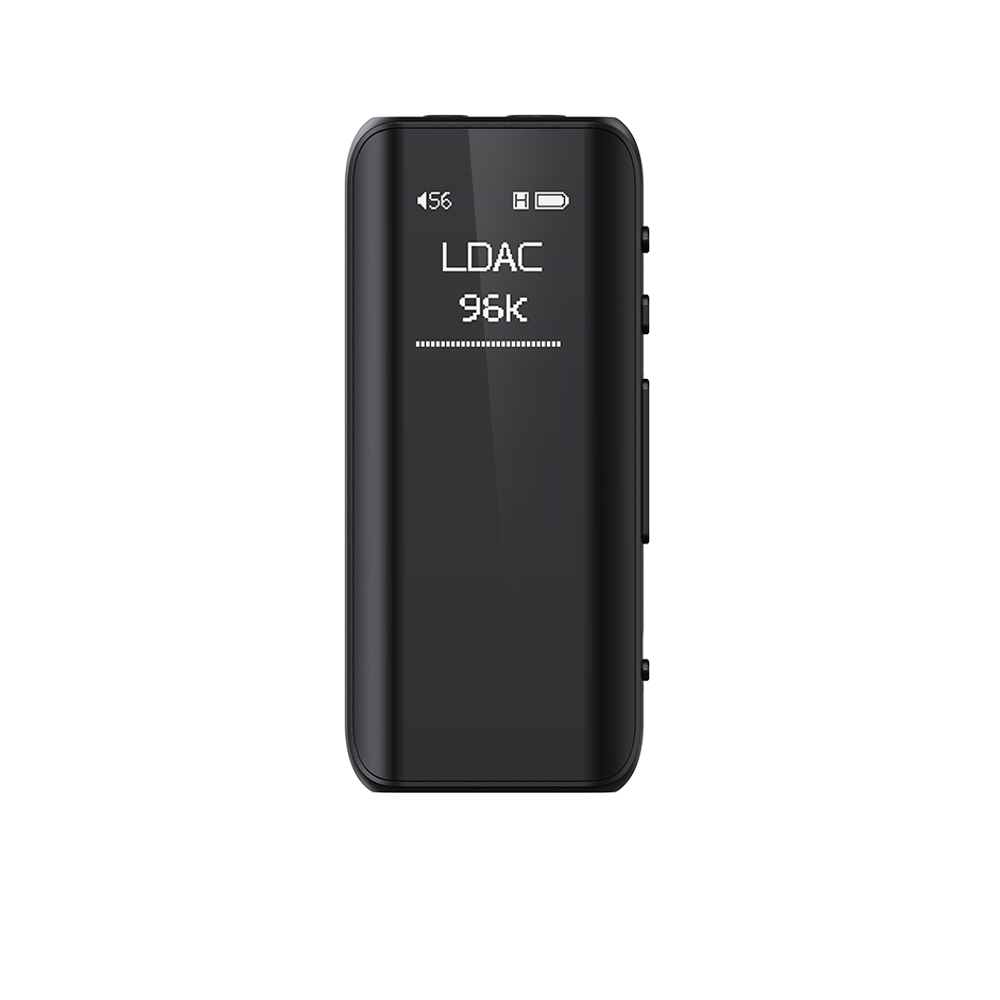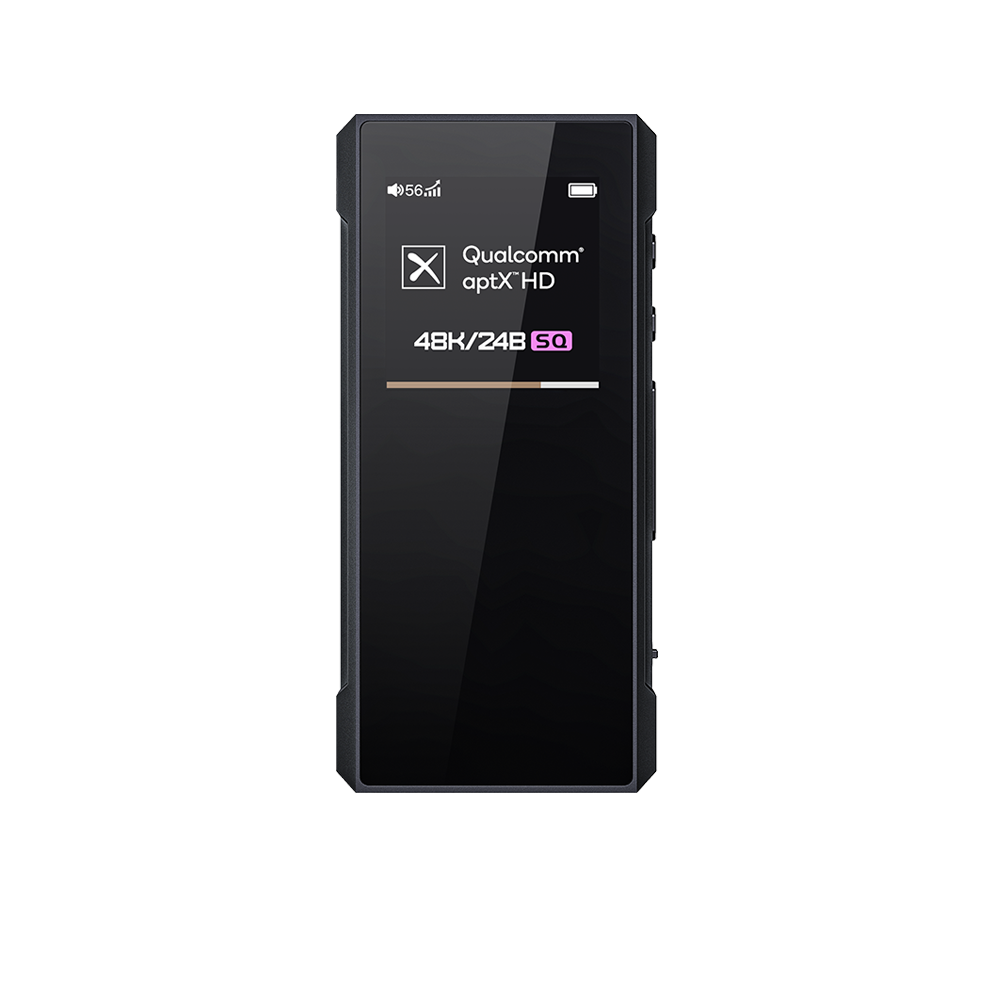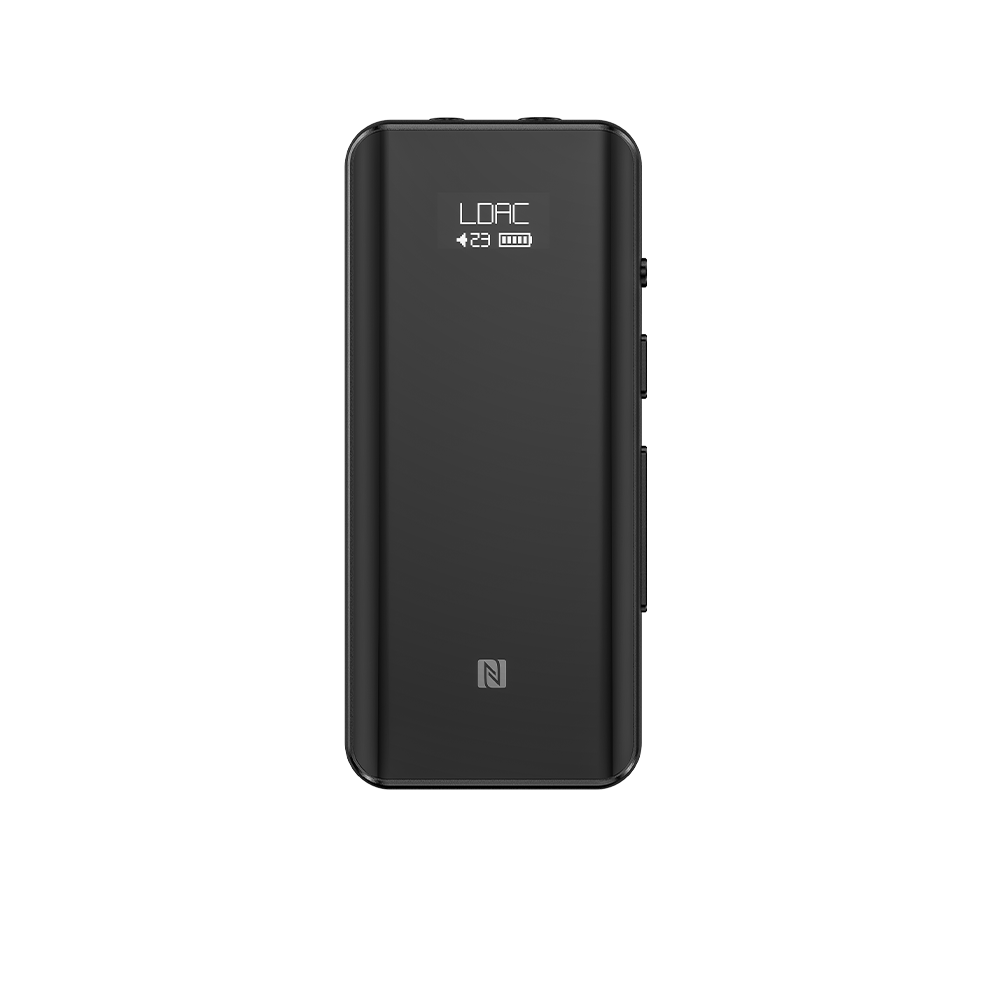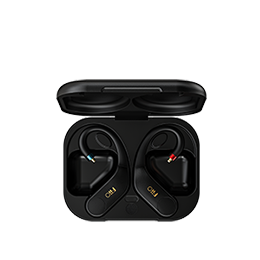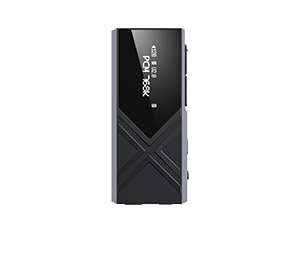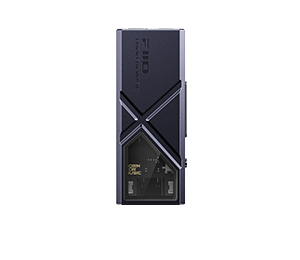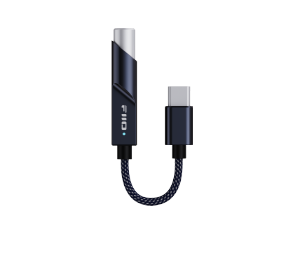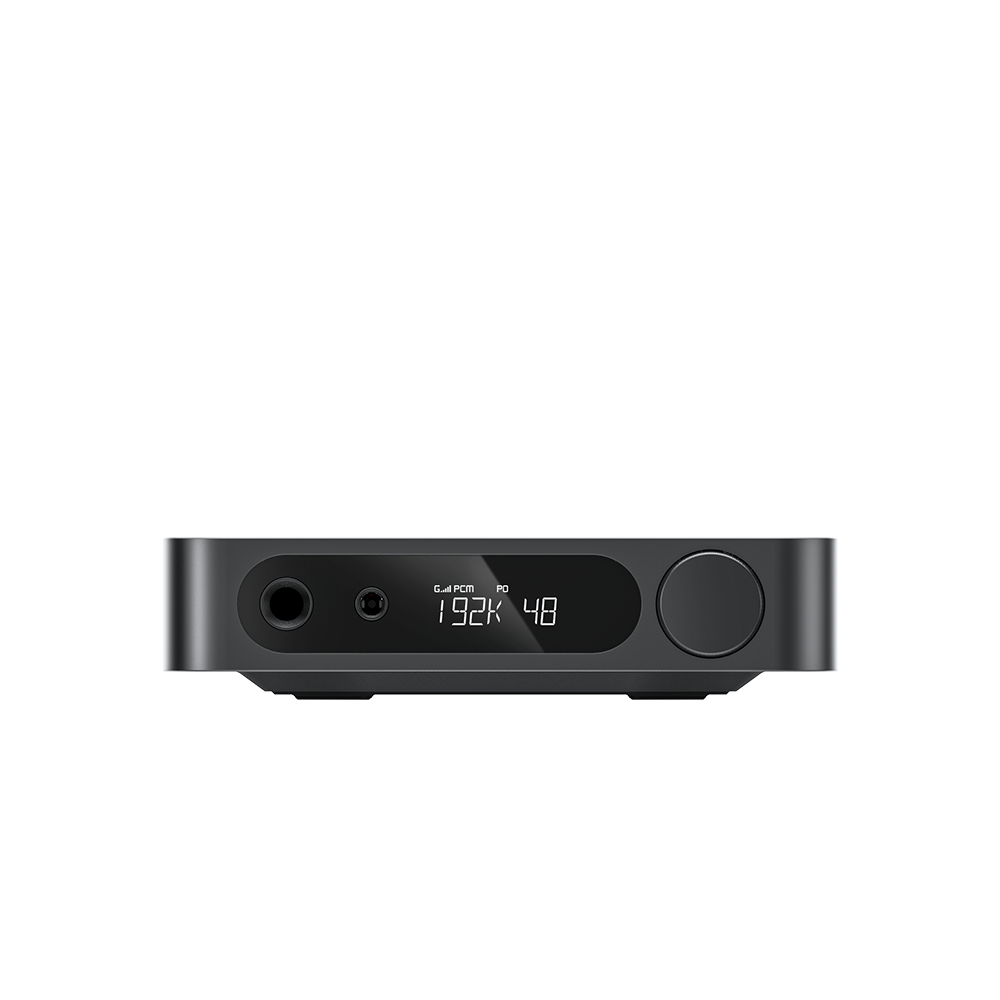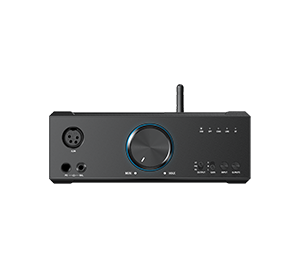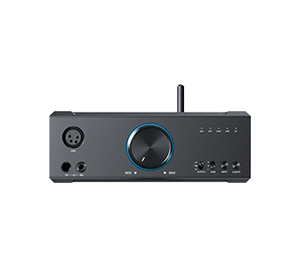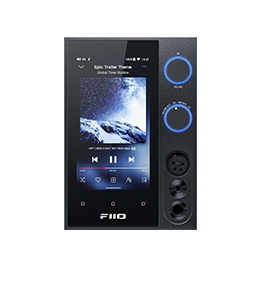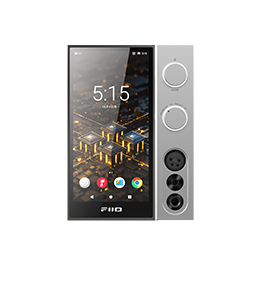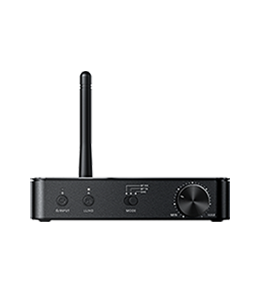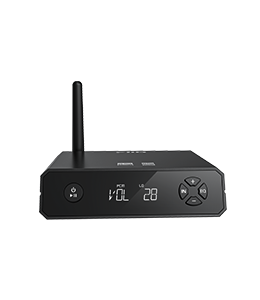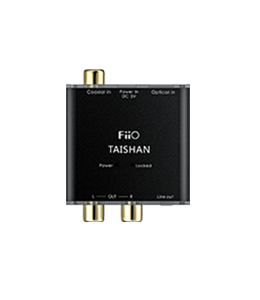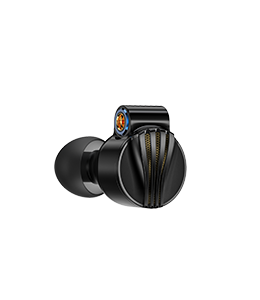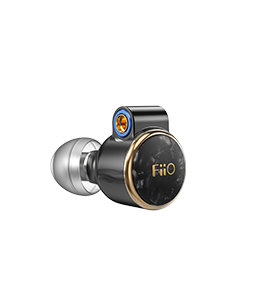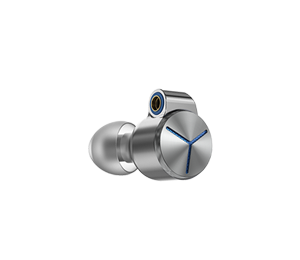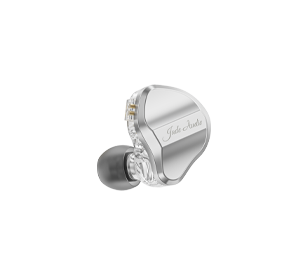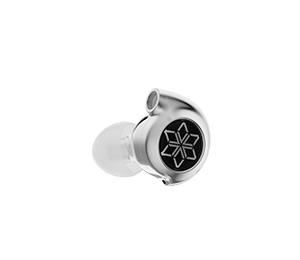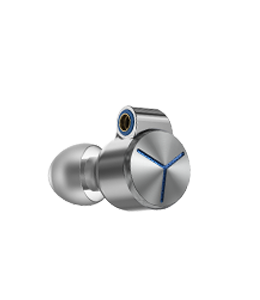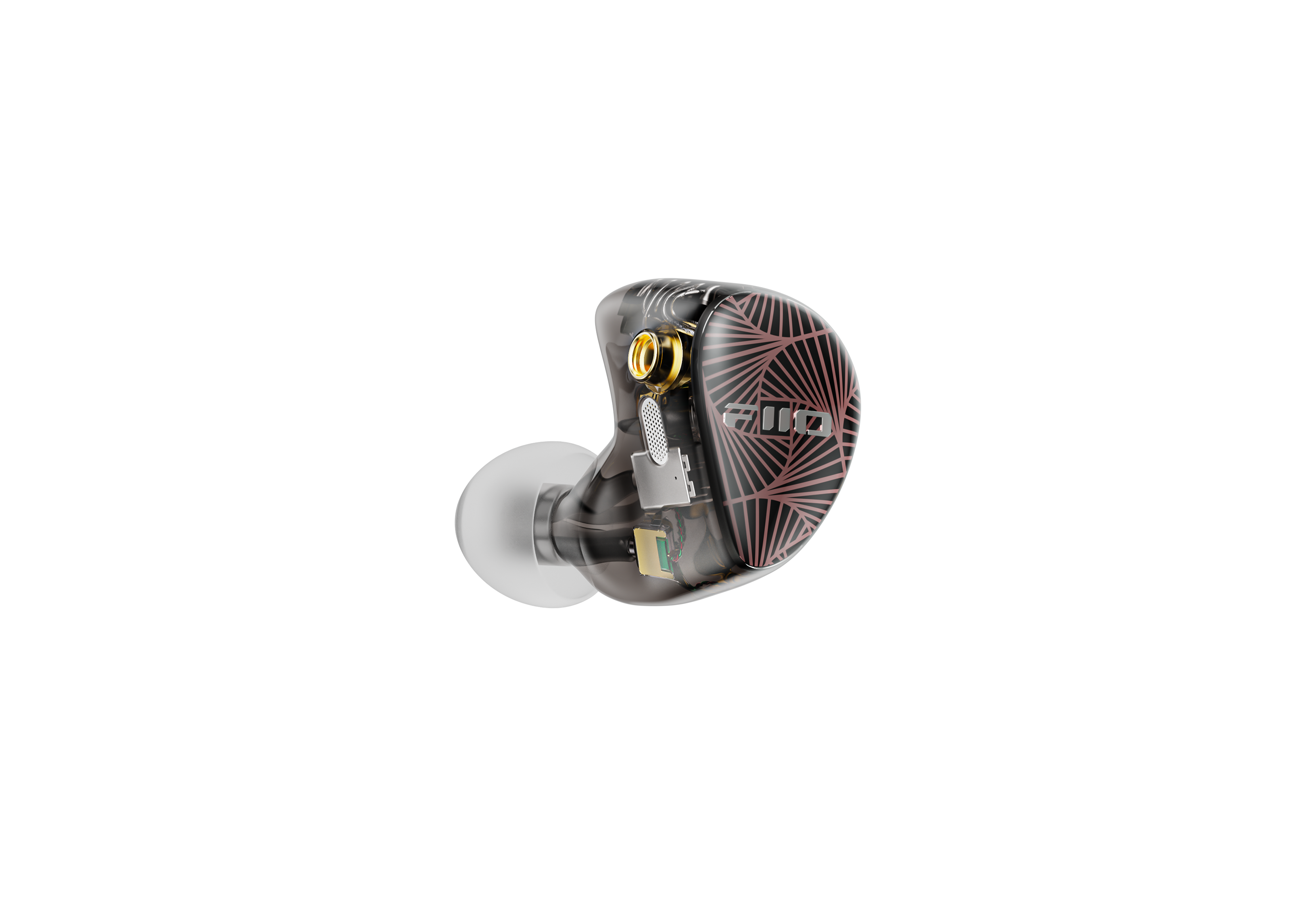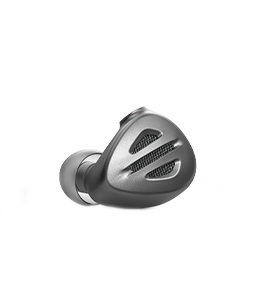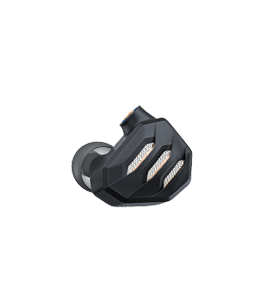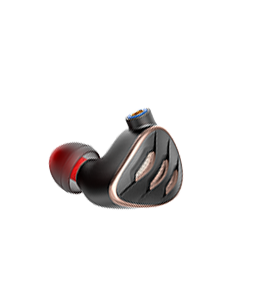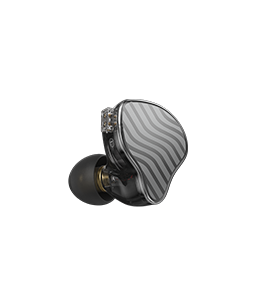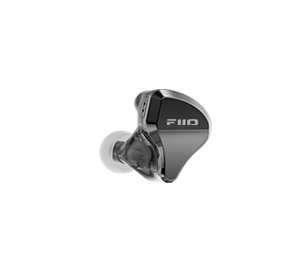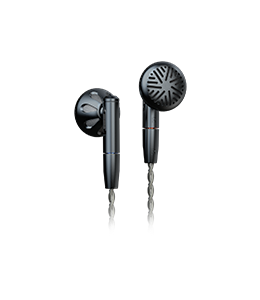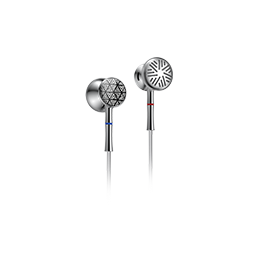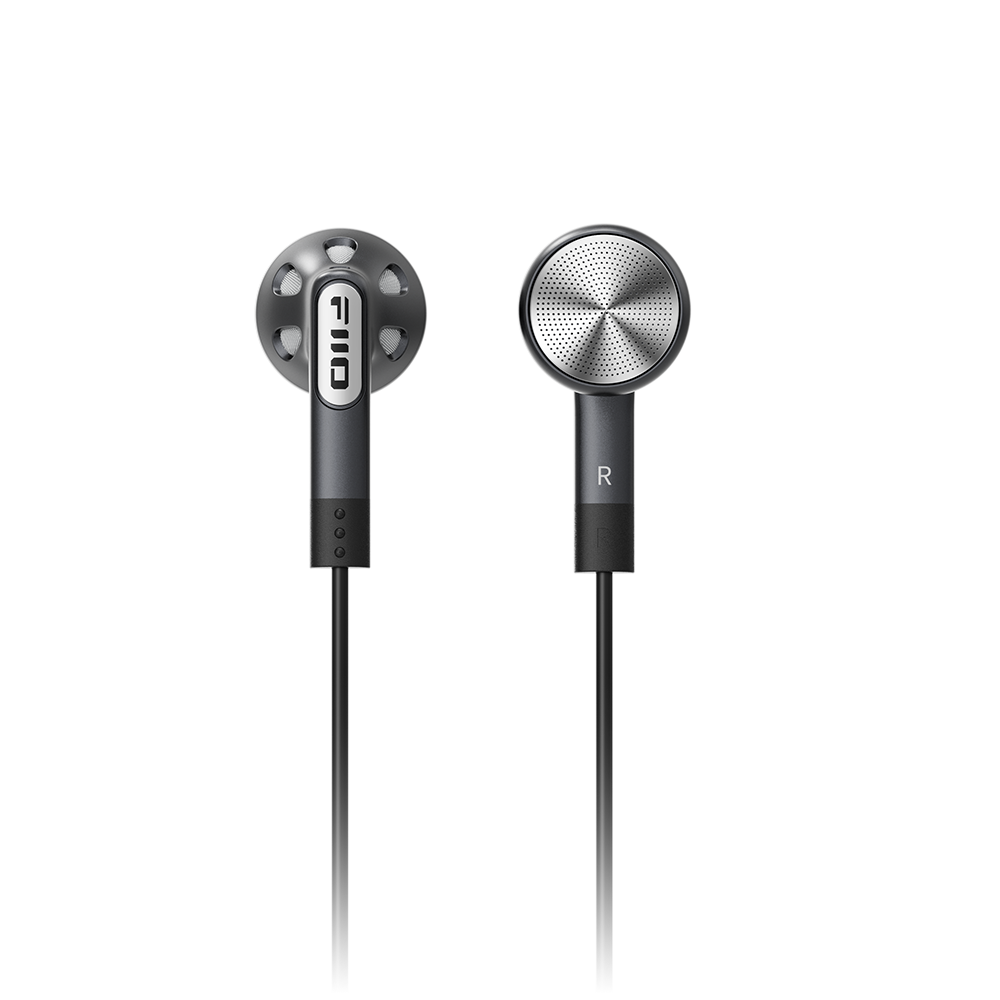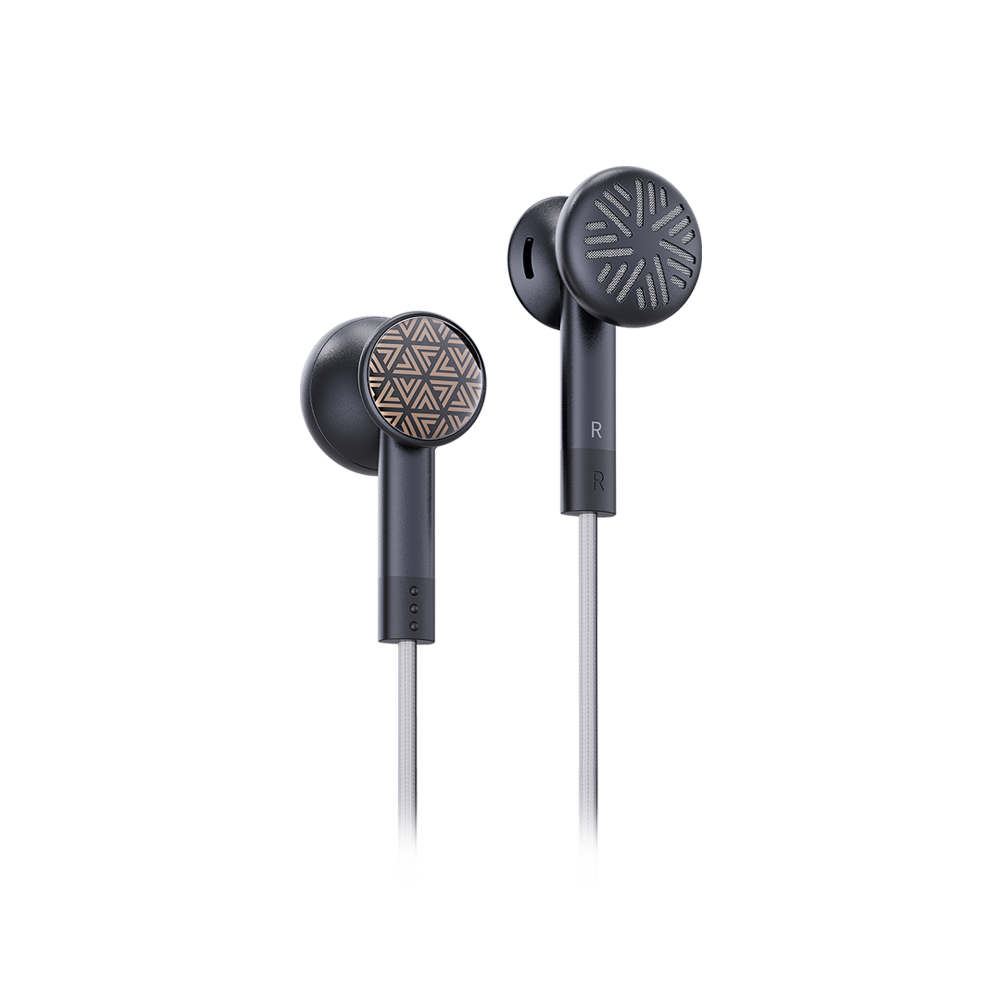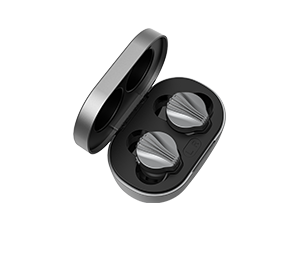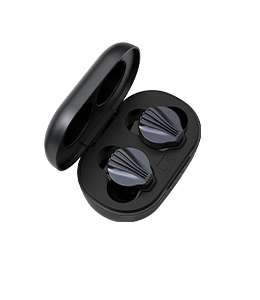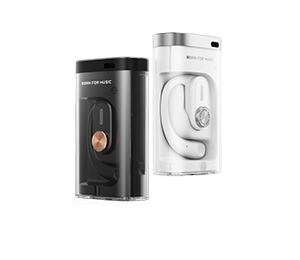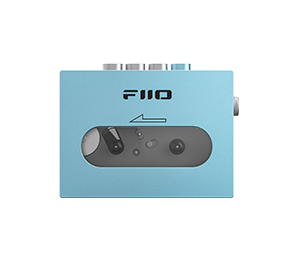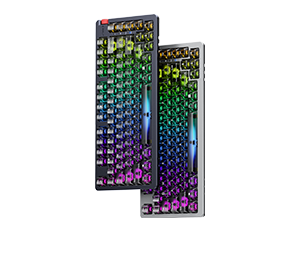Perfect On The Go Companion - With Comparisons To The FiiO E6 And JDS Labs Cmoy BB
Author: Ryanjsoo
Review from: Head-Fi
→→ Read the original article on Head-Fi: >> Click here
Introduction –
The Fiio A1 is the successor to the wildly successful Fiio e6, an entry level headphone amplifier that was intended for use with smartphones and smaller iPods on the go. Both are extremely compact and hyper portable (measuring about 4cm in length and width) and both provide a nice boost in volume and quality over most smartphones. ![[IMG]](https://i0.wp.com/everydaylisteningblog.files.wordpress.com/2016/04/dsc03883.jpg?ssl=1)
The A1 retails for same $30 USD RRP as the e6 and is widely available from local audio retailers at this price. It follows Fiio`s new naming scheme with the A3 (e11k) marking the next step up in performance. The relatively low price point, portable size and added features of the A1 create a very accessible gateway into the audio hobby.
Accessories –
The A1 has similar packaging to the e6, it`s simple, premium enough and protective which is what matters.![[IMG]](https://everydaylisteningblog.files.wordpress.com/2016/04/dsc03867.jpg?w=1140)
The clear exterior shows off the much improved build of the A1 as well as a few specs and authenticity code. The A1 slides out on a molded plastic tray and a dark cardboard box underneath holds the papers and cables.![[IMG]](https://everydaylisteningblog.files.wordpress.com/2016/04/dsc03870.jpg?w=457&h=257&crop=1)
![[IMG]](https://everydaylisteningblog.files.wordpress.com/2016/04/dsc03871.jpg?w=535&h=257&crop=1)
![[IMG]](https://everydaylisteningblog.files.wordpress.com/2016/04/dsc03872.jpg?w=996&h=561&crop=1)
The A1 actually comes with a lot of accessories considering the price. The box contains:
The A1 itself
3.5mm interconnect cable (straight plug)
Short 3.5mm interconnect cable (right angle plug)
Micro USB cable for charging
2x top plates with mounting clip
Top plate without clip
![[IMG]](https://everydaylisteningblog.files.wordpress.com/2016/04/dsc03876.jpg?w=1140)
I`m not sure why the A1 doesn`t come with the much more compact interconnect that the Q1 came with, even the short cable is too long for use with my nano. The flat Q1 cable is much more pliable, Fiio should really sell it separately.![[IMG]](https://everydaylisteningblog.files.wordpress.com/2016/04/dsc03879.jpg?w=1140)
That being said, the short cable is pliable enough and the longer interconnect is great for use with laptops and speakers. The top plate clips work similarly well, similar to the clip system employed on the e6 but a little more sturdy. They simply snap onto the top of the A1; though the matte black finish of the amp without any cover is nice enough if you happen to lose the clips. Fiio also include a top plate without a clip if you want to stack the A1. They seem well secured and small ridges on the top of the A1 hold the plates firmly.![[IMG]](https://everydaylisteningblog.files.wordpress.com/2016/04/dsc03878.jpg?w=1140)
For stacking, I use a tab of Scotch reusable double sided tape. It`s the perfect size and works admirably. The tape is washable and reusable with a pack of 16 costing just under $5 AUD and I find this to be a more minimalist approach than command strips. It would be interesting if Fiio could include a tab of remove-able tape with their newer amps in the box though it`s hardly essential.
Design –
The e6 had a compact design that worked well with small devices such as iPod nano`s. However its glossy plastic housing lead to EMI issues with smartphones and the housing was an absolute fingerprint magnet.![[IMG]](https://everydaylisteningblog.files.wordpress.com/2016/04/dsc03882.jpg?w=1140)
It`s amazing that just a few years later, Fiio can provide an EMI resistant, sand-blasted aluminium housing and superior audio performance at the same price. The A1 has corrected all of the issues listed above whilst retaining the features of the e6. Whilst it shares the same dimensions as the e6, subtle upgrades to the design of the device improve the look and feel tremendously, the rounded edges for instance really compliment the curved design featured in the majority of flagship phones and “i” devices.![[IMG]](https://everydaylisteningblog.files.wordpress.com/2016/04/dsc03877-with-dimm.jpg?w=1140)
Instead of the sliding switch on the side, the A1 now has three buttons on the top. Not only do the individual volume buttons of the A1 work better than the slider on the e6 they also feel much sturdier. The buttons are well placed and it`s easy to navigate in your pocket using the headphone plug as a reference. That being said, the e6 did have a better system for indicating eQ with a small LED on the face that changed colour to denote function. The A1 has only a single blue LED mounted behind the power button to indicate changes. It looks nicer and more minimalistic for sure, but it is functionally awkward. The light is quite dim and for a device intended for on the go use, I often had issues seeing the LED in bright areas. The LED lights up when turned on, flashes once every few seconds for Bass boost 1, twice for Bass boost 2 and three times for low gain mode.![[IMG]](https://everydaylisteningblog.files.wordpress.com/2016/04/led1.gif?w=1140)
This approach takes some time getting used to, but you can pretty much just leave it in your pocket and listen to the changes In sound, they are quite pronounced. Neither the e6 or A1 have any issues with accidental button presses, but the A1 should be less susceptible. The A1 has a nice texture and is grippier to hold than the e6, especially when stacking. For example, the slick finish of the e6 can be hard to hold when stacked Nano 7g, but the A1`s more aggressive finish is grippier than the Nano`s own finish.![[IMG]](https://everydaylisteningblog.files.wordpress.com/2016/04/dsc03885.jpg?w=1140)
The A1 has gold plated jacks to prevent crackle and I didn`t notice any pop when plugging in/unplugging headphones. Given its emphasis on portable use, it would be great if the A1 had 4 pole jacks to pass through remote signals, but none of my devices responded to remote commands even with a 4 pole interconnect. The Fiio logo is also now laser etched into the housing to resist fade, very nice. Whilst the aluminium is thoughtfully finished and resistant to markings, I did notice that the matte black plastic does get quite easily scuffed and dented. At $30, Fiio had to cut corners somewhere and luckily, the plastic is covered by the plastic top plates so they are well protected during daily use.![[IMG]](https://everydaylisteningblog.files.wordpress.com/2016/04/dsc03886.jpg?w=475&h=291&crop=1)
![[IMG]](https://everydaylisteningblog.files.wordpress.com/2016/04/dsc038871.jpg?w=517&h=291&crop=1)
The A1 is another well designed device from Fiio, it is small enough to let hang, but add a tab of remove-able double sided tape and the A1 becomes a stacking champ. It is so small and light in fact, that you could probably leave it permanently attached to your phone. It also doesn`t get caught on my pockets like my bulkier e17k and the low weight means that stacking bands aren`t necessary.
Sound –
The sound isn`t so flawless, producing quality that is good, but just good. That`s actually quite a statement, because amps don`t really get much cheaper than the A1, even generic amps on Aliexpress. The A1 is a sizable improvement over the e6 but it`s not an evolution. Where I felt that the e6 always had an underlying warmth, the A1 provides a much cleaner sound that is closer to my JDS Labs Cmoyy BB. I usually prefer a warmer sound, but the A1 is undeniably better, it is more resolving, perhaps a bit more powerful and also more transparent. The low end in particular is much tighter.
It is slightly warmer than my Cmoy equipped with the very neutral sounding LM4562 but it is close, I really like the sound. It`s not as good as the Cmoy quality wise, but it is so much smaller whereas the Cmoy isn`t really portable at all. The Cmoy has a big advantage when it comes to details, refinement and soundstage, it is perhaps even better than the A3 and more expensive to boot, so this is not the fairest of comparisons. Still, the A1 manages to sound much more refined than the e6 and it`s probably one of the best sounding micro amps out there.
Apart from that, the A1 has plenty of volume for iems, a tad more than the e6. The gain is quite low, ideal for line-out and iems, the noise floor is similarly low but still noticeable; just a little more than my e17k which is much improved over the e6. The A1 starts to struggle when driving my Oppo PM3`s and B&W P7`s, it`s just enough for portable headphones but still worlds better than my stock Nano, there`s far more voltage but perhaps lacking current.
On a less positive note, I heard a slight darkness to the upper mids that I didn`t quite agree with and the soundstage is quite intimate. Switching back and forth between the inbuilt amp in my e17k and the A1, using the DAC in the e17k in both instances, the e17k sounded far more spacious and the whole composure of the sound really comes alive as a result. It`s very sobering listening to the A1 in comparison, but at the same time, it provided a big boost from my Nano 7g and 3g and my iPod touch 4g for just a 5th of the price. The A1 doesn`t have the most composed high end but the midrange sounds nice and smooth. The bass performance is also great, relatively tight and enjoyable. It adds a nice punch to my W30`s and more extension as opposed to my HTC M8 which has a high output impedance. The A1 will work well with devices with strong DAC`s and weak amps like iPods whilst more powerful sources will experience far less benefit.
The eQ`s work well, they add more body to the bass, mainly sub-bass this time around but it still has a bit of that muddy sound that the e6 had. eQ1 works well but eQ2 has the same bass boost + reduced highs profile as the e6 which is simply too muddy for me. It`ll work well with bass deficient gear such as portable speakers but for any decent earphone or headphone, steer clear. The A1 also retains the same low output impedance as the e6, <0.2 ohms which is superb for multi-armature monitors. Both THD and SNR are also great, better than any flagship smartphone and in practice I found this to be true.
Verdict –
While other reviews state that the A1 has limited uses, I believe that it just has more unorthodox uses than more versatile amps such as the A3. It`s limited output power and small size make it better suited for iPod Nano`s and low end smartphones rather than flagship phones. My HTC M8 for example will provide the same top end volume as the A1. But what the A1 brings to the table is a much lower output impedance, less hiss and distortion as well as a cleaner sound in general. It has a few eQ`s that work well to an extent, but not nearly as well as those on the e17k.![[IMG]](https://everydaylisteningblog.files.wordpress.com/2016/04/dsc03881.jpg?w=1140)
For general consumers, the A1 will work a treat and you will get appreciable differences; but for audiophiles, it is easy to see why the A3 is more appealing. Overall, the A1 is a well-designed, quality product from Fiio that marks the entry point into headphone amplifiers. It will be a great way for buyers to test whether they really need an amp or not and is a convenient device to have around the house as a backup. It also makes for a great gift for a more audio conscious friend/relative. The A1 is the perfect companion for your smaller DAPs, working well for travel and even sports.
Accessories – 9.5/10, The A1 comes with plenty of quality accessories. I wish Fiio would provide more devices with the ultrashort, flat interconnect cable of the Q1, but having both a long and short aux cable enables more versatile functionality. Would be good to include a tab of reusable double sided tape.
Design – 8.5/10, The build exhumes quality on a whole, from the attractive, sturdy aluminium housing to the well-marked, receptive buttons on top. The device is easy to operate and the digital volume control has many fine steps. The battery life is plentiful, I easily met Fiio`s 13hr claim. The power button LED indicator does not work well for me however and the A1 would benefit from an added status LED. The matte black plastic is easily marked but the included plastic covers prevent damage.
Sound Quality – 7/10, The less powerful, low gain amp section of the A1 provides plenty of current to make iems and some portable headphones sing. It still has plenty of volume for portable use and home users will appreciate the low noise floor. Much improved over the e6 overall, the clean sound synergizes with pretty much every source and headphone. The eQ`s are not fantastic but get the job done in a pinch. The soundstage is very intimate and not really improved over most sources, in fact it can shrink the soundstage in some cases, this is my biggest gripe. Otherwise the amp has a tight, punchy bass performance and smooth mids complimented by slightly unrefined highs.
Value – 8/10, The A1 feels very premium despite its price. It is compact and versatile, providing a nice boost in sound quality over most stock amp sections. It comes with many accessories and is widely available at Fiio`s RRP.
Verdict – 7/10, The A1 is an attractive device that compliments portable players well. It is very minimalist and with intuitive features. The sound quality leap once again depends on your source, but it will provide a great upgrade over iPod Nano`s, etc. The low output impedance and noise floor is perhaps its biggest asset, the A1 sounds very clean and the improvement to the sound of armature based earphones can be drastic. The A1 has a few eQs built in for good measure but I didn`t find them to work too well, the first bass boost setting is perfectly listenable but the second is far too muddy.
This review was taken from my blog, please have a look for guides and more reviews like this, thanks for reading:
https://everydaylisteningblog.wordpress.com/






